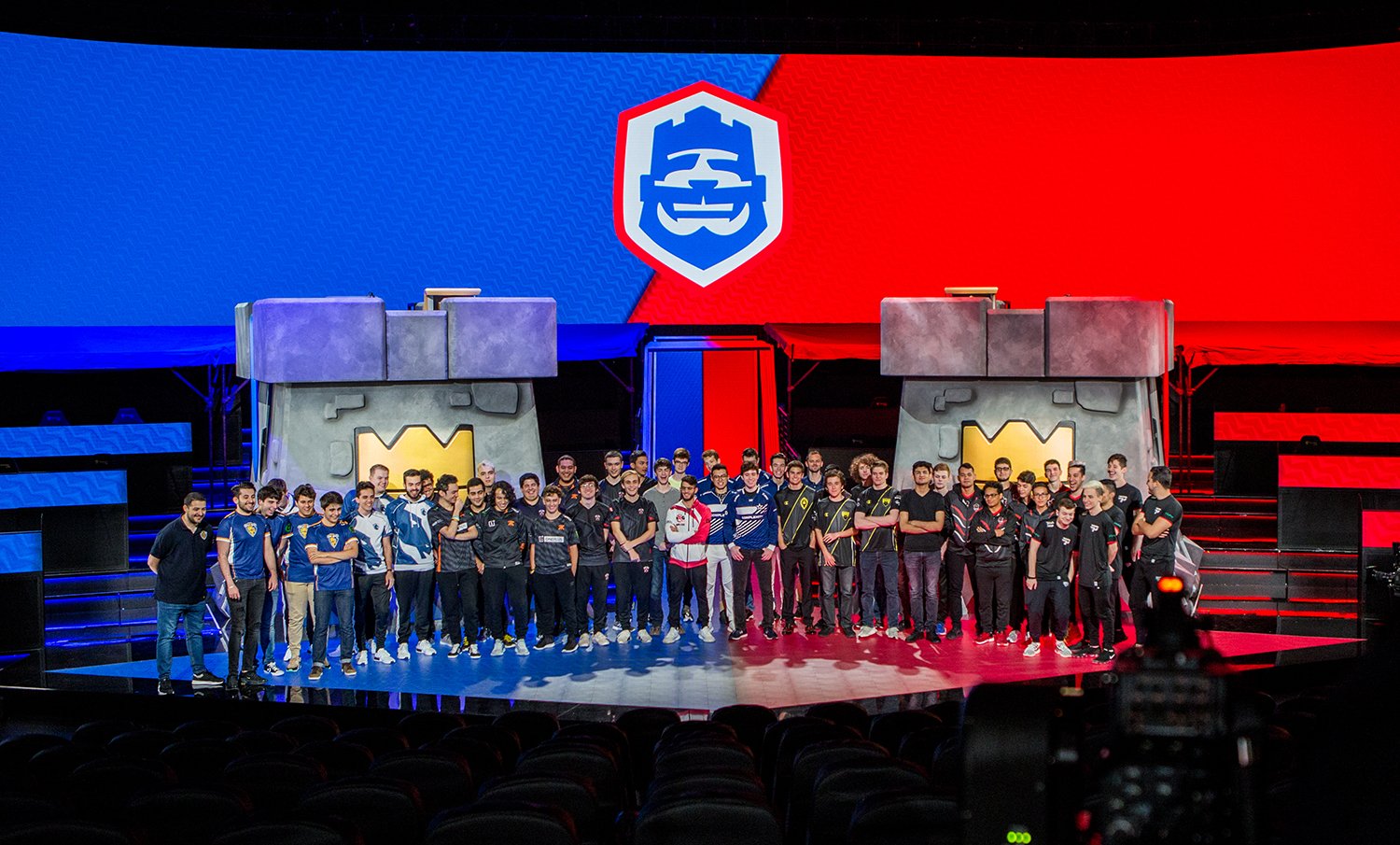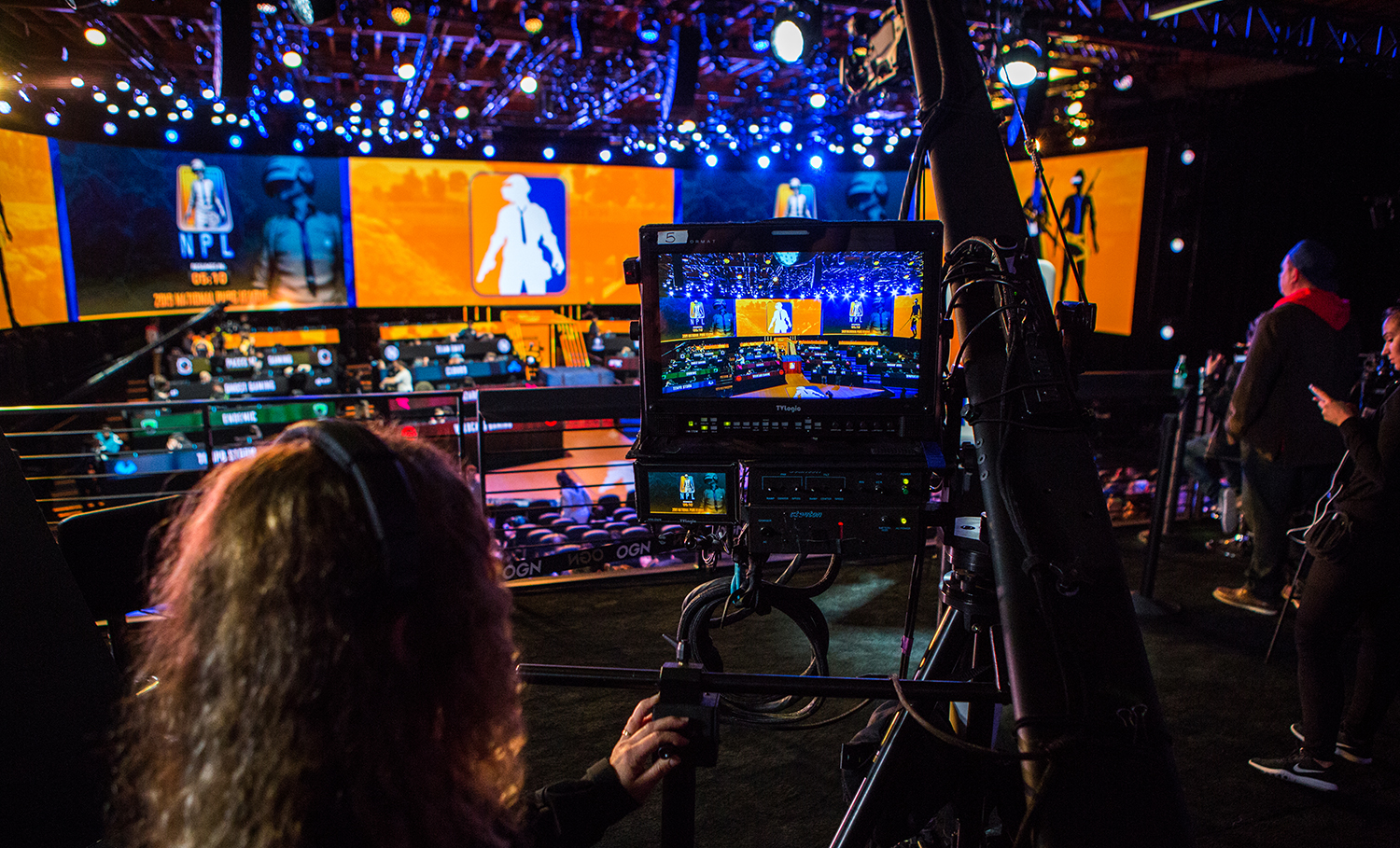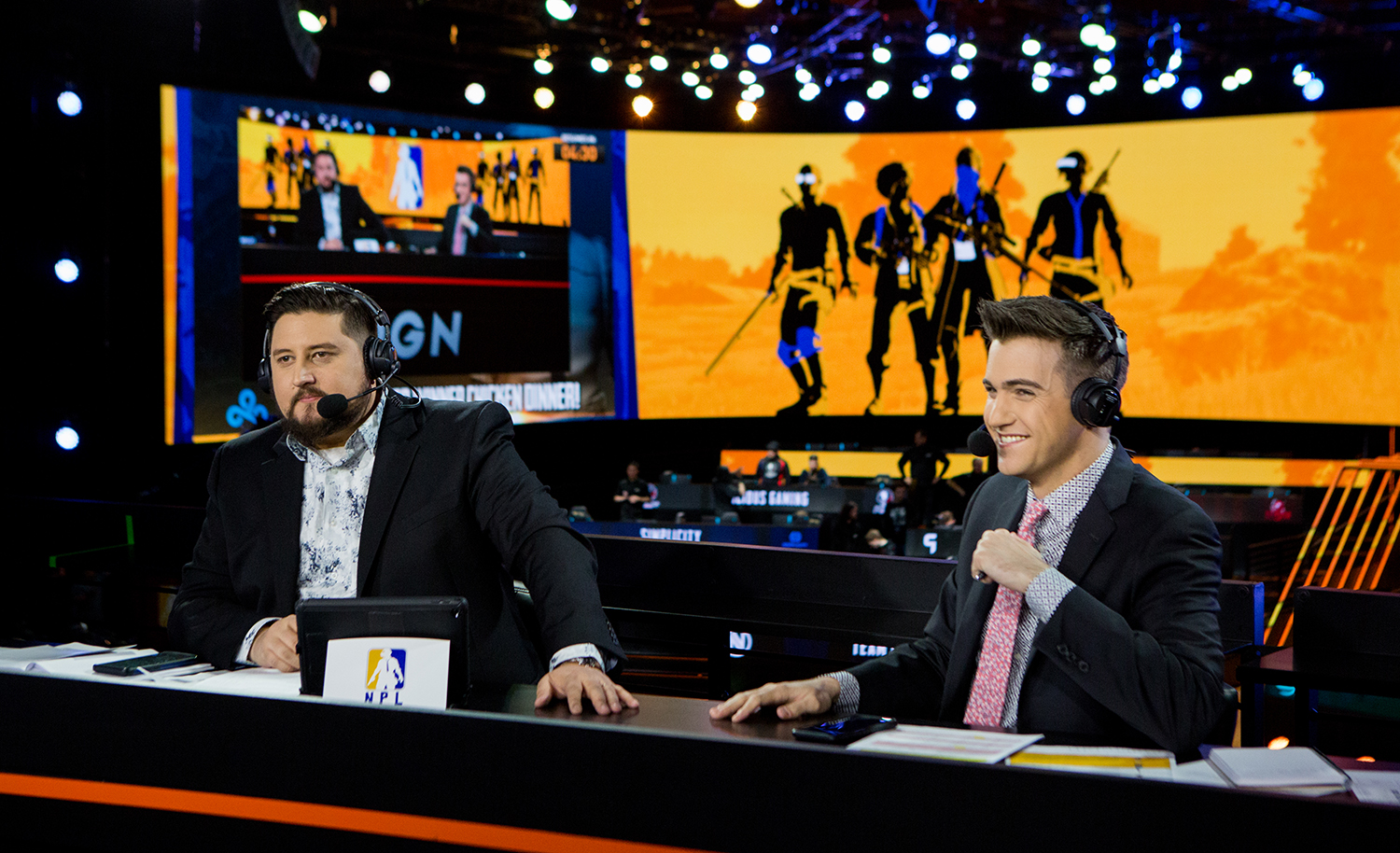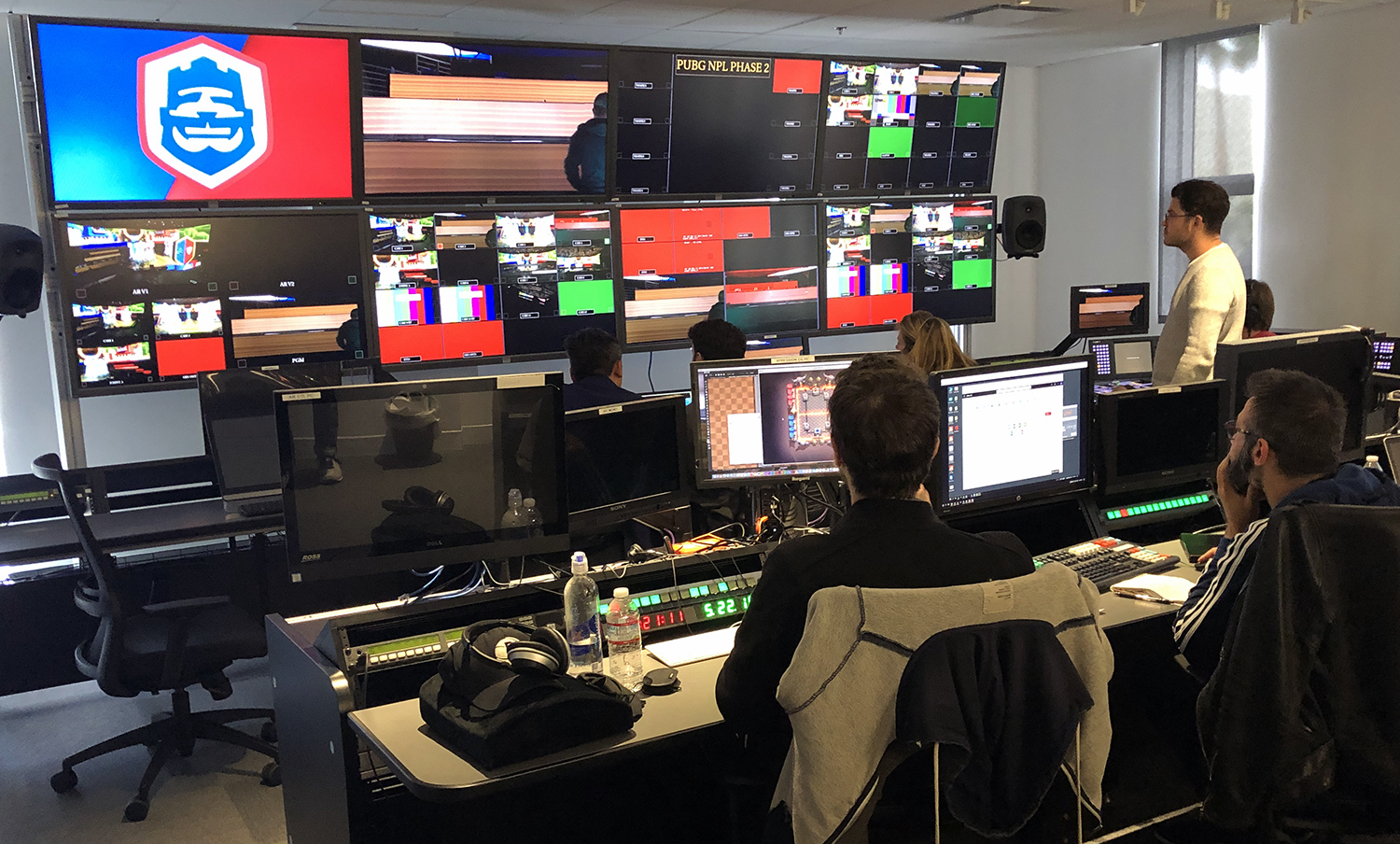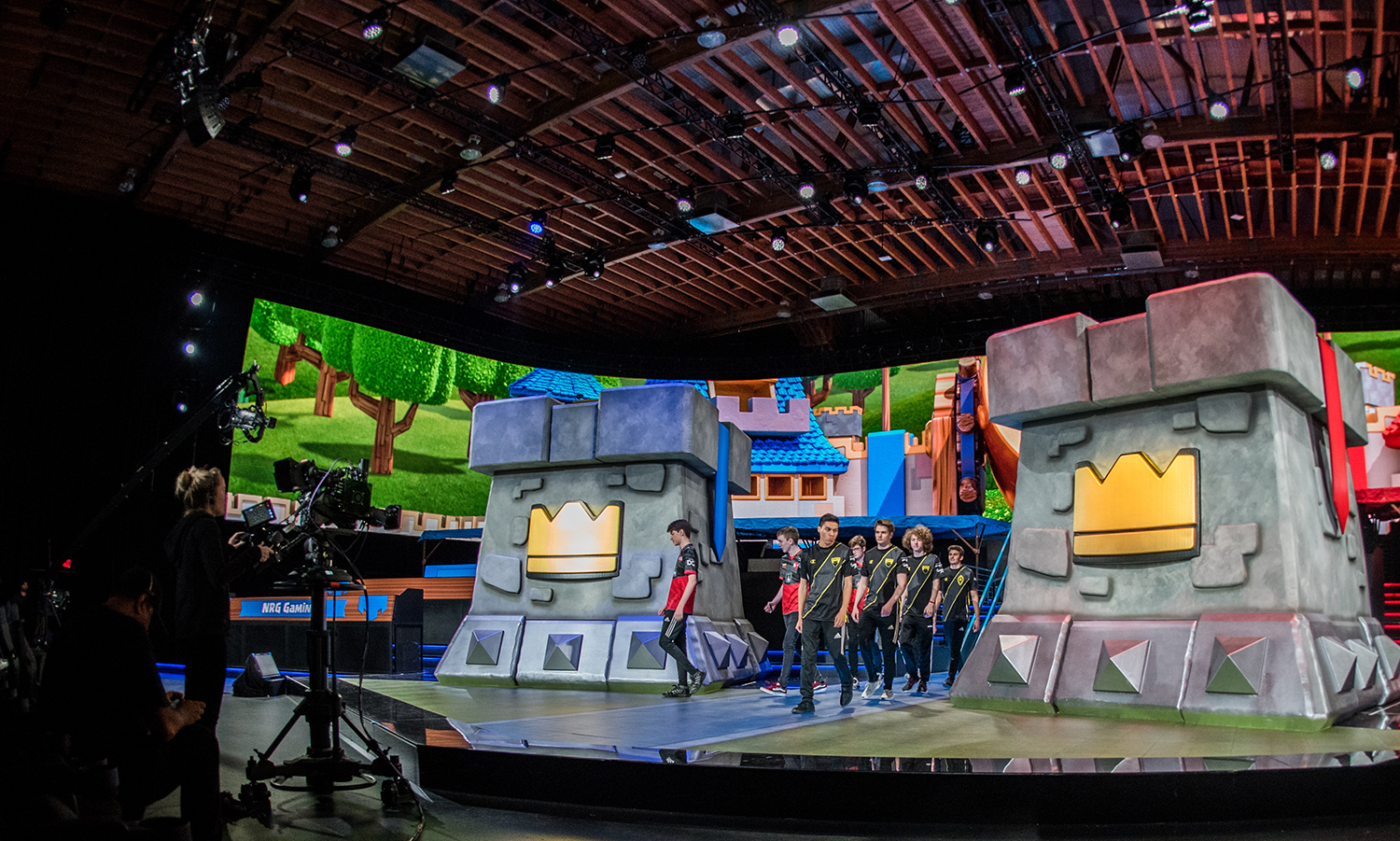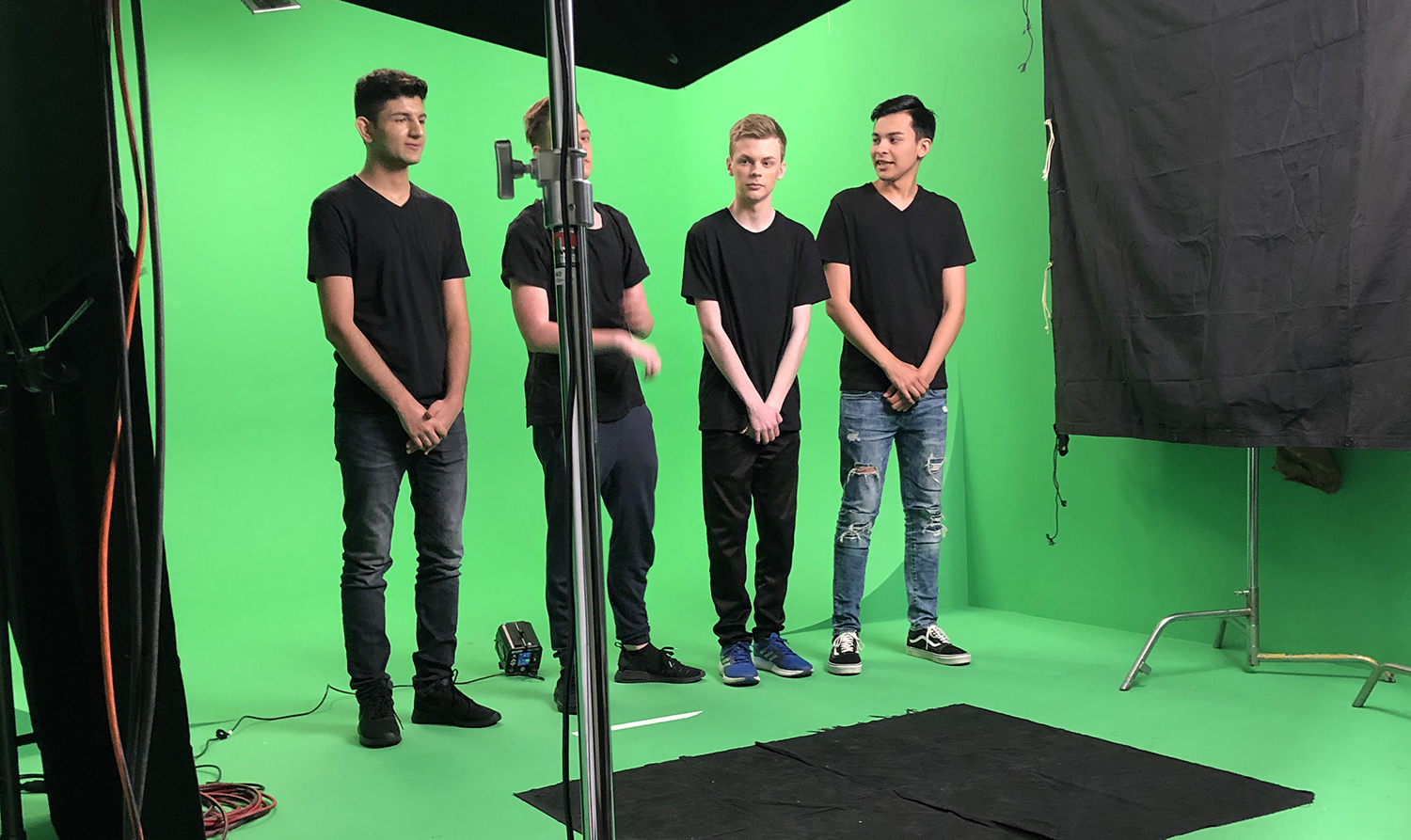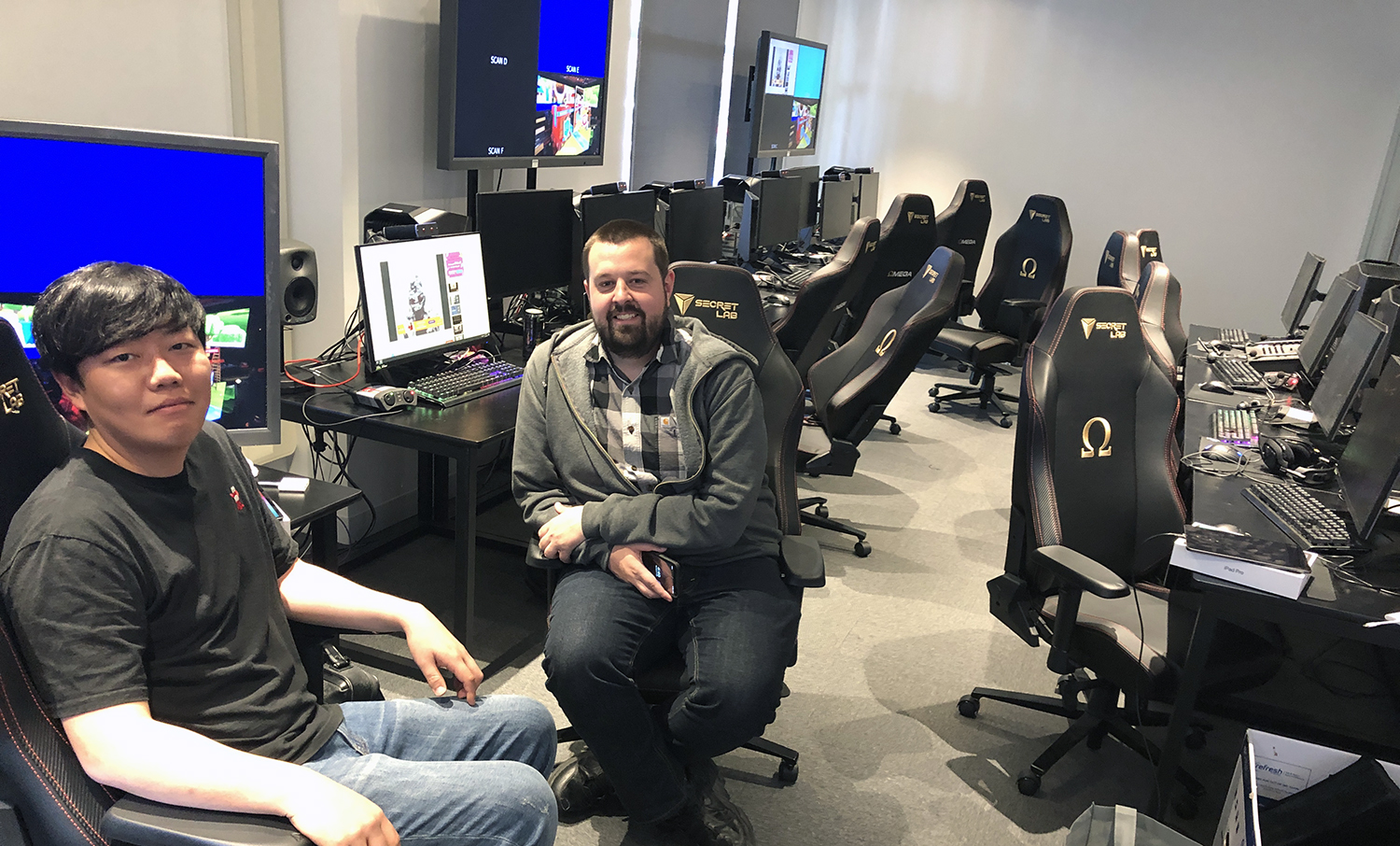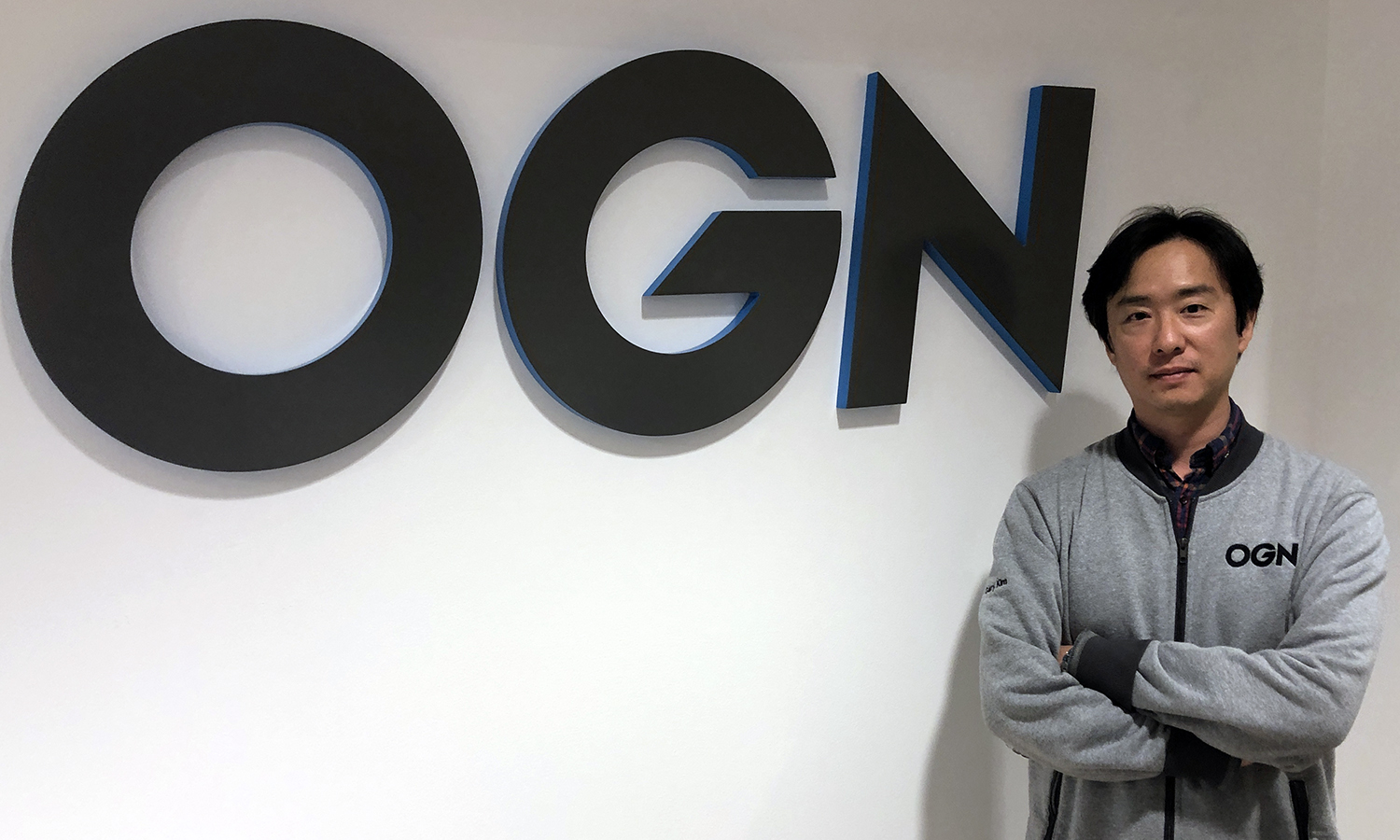Inside OGN Super Arena: The First Esports Venue in North America Designed Specifically for Battle Royale
New facility is geared toward popular games in the genre, such as Fortnite and PUBG
Story Highlights
Esports may be the hot new trend in the U.S., but OGN has been producing and distributing live esports competitions for the better part of two decades. And, last December, the South Korean esports network and content producer made its first big splash in North America, opening OGN Super Arena in Manhattan Beach, CA.
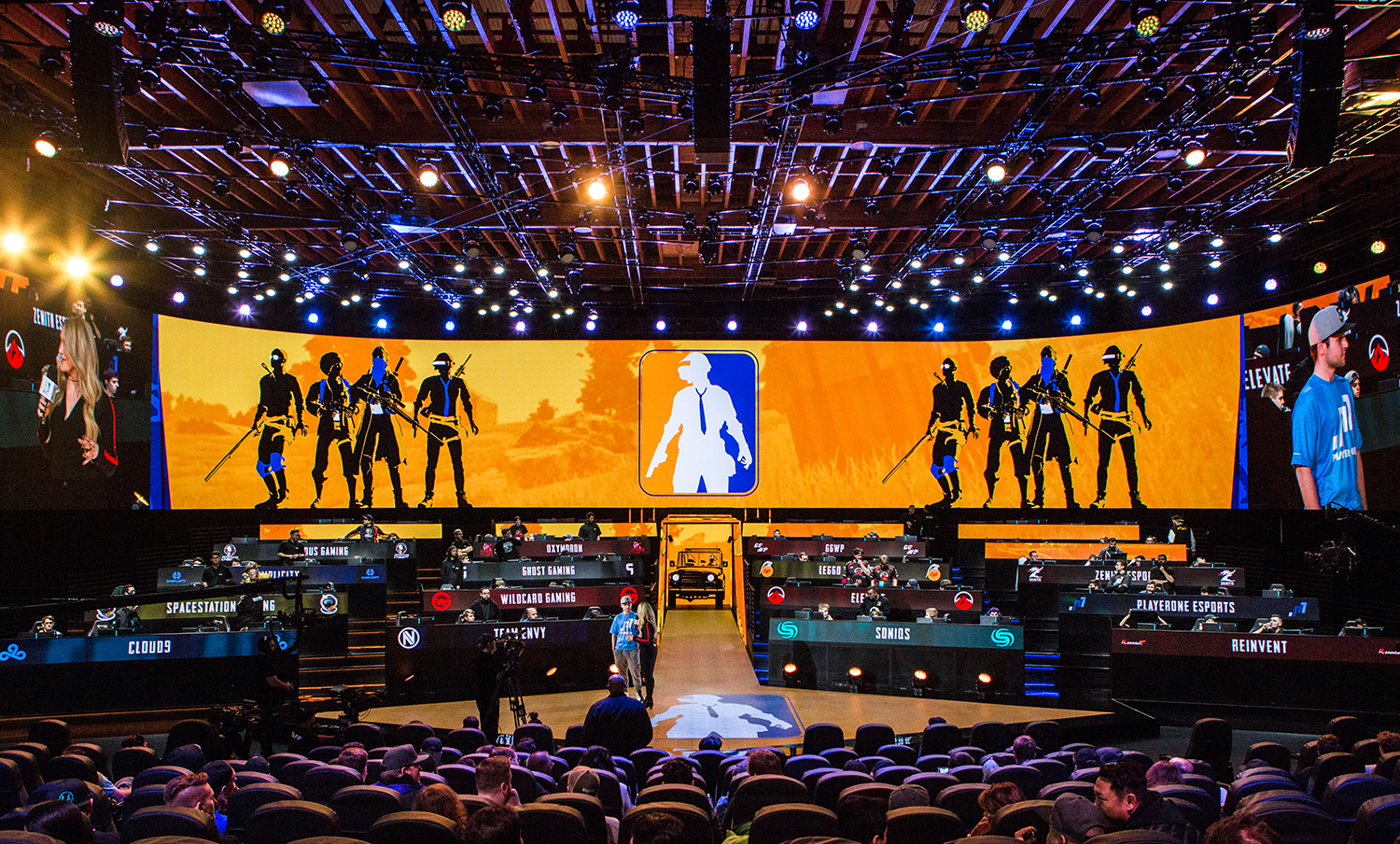
Though designed specifically for battle royale games, the 35,000-sq.-ft. OGN Super Arena can be adapted for other genres as well.
The 35,000-sq.-ft. studio is the first esports venue in North America designed specifically for popular battle royale games — such as Fortnite and PlayerUnknown’s Battlegrounds (PUBG) — with the ability to host up to 100 players and 500 audience members. OGN Super Arena isn’t limited to battle royale, however; modular design will enable the venue to be adapted for MOBA games, mobile games, and other types of esports competitions.
“There are so many different genres in esports, and, with our experience that spans nearly two decades, we’ve experienced almost everything,” says Gary Kim, executive producer/head of programming and production, OGN. “The first [format] we showcased with this new arena is what’s most popular these days: the battle royale genre. This facility is the very first battle royale-dedicated arena in North America, and that’s just the beginning. This facility is very modular, so we can build and customize it for every genre of esports.”
The arena debuted in December in conjunction with the launch of the National PUBG League (NPL), the first professional PUBG League in North America. The NPL season is separated into three phases, with weekly competitions hosted at OGN Super Arena featuring 16 four-player squads vying for $1 million in prize money.
Last month, OGN inked a deal with Supercell to host the Clash Royale League West (CRL West), the first North American esports league for the uber-successful mobile game, at the arena. With both NPL and CRL West hosting weekly competitions at the facility, OGN Super Arena is booked solid with esports events throughout each week.
Inside the Arena: Giant LED Display Is ‘Blank Canvas’ for Esports Production
The arena is centered on a massive 14,336×1408-in. LED display (comprising 1,100 Barco LED tiles) and features an Astro Spatial Audio (ASA) immersive 3D sound system. In addition to the main display, player sleds are outfitted with 6144×640 LED displays, the floor is completely lined with LEDs (totaling 2160×1120), and the tunnel where players walk out has another 640×896 in LEDs. All the LED is controlled by D3 servers and Ventuz graphics software.
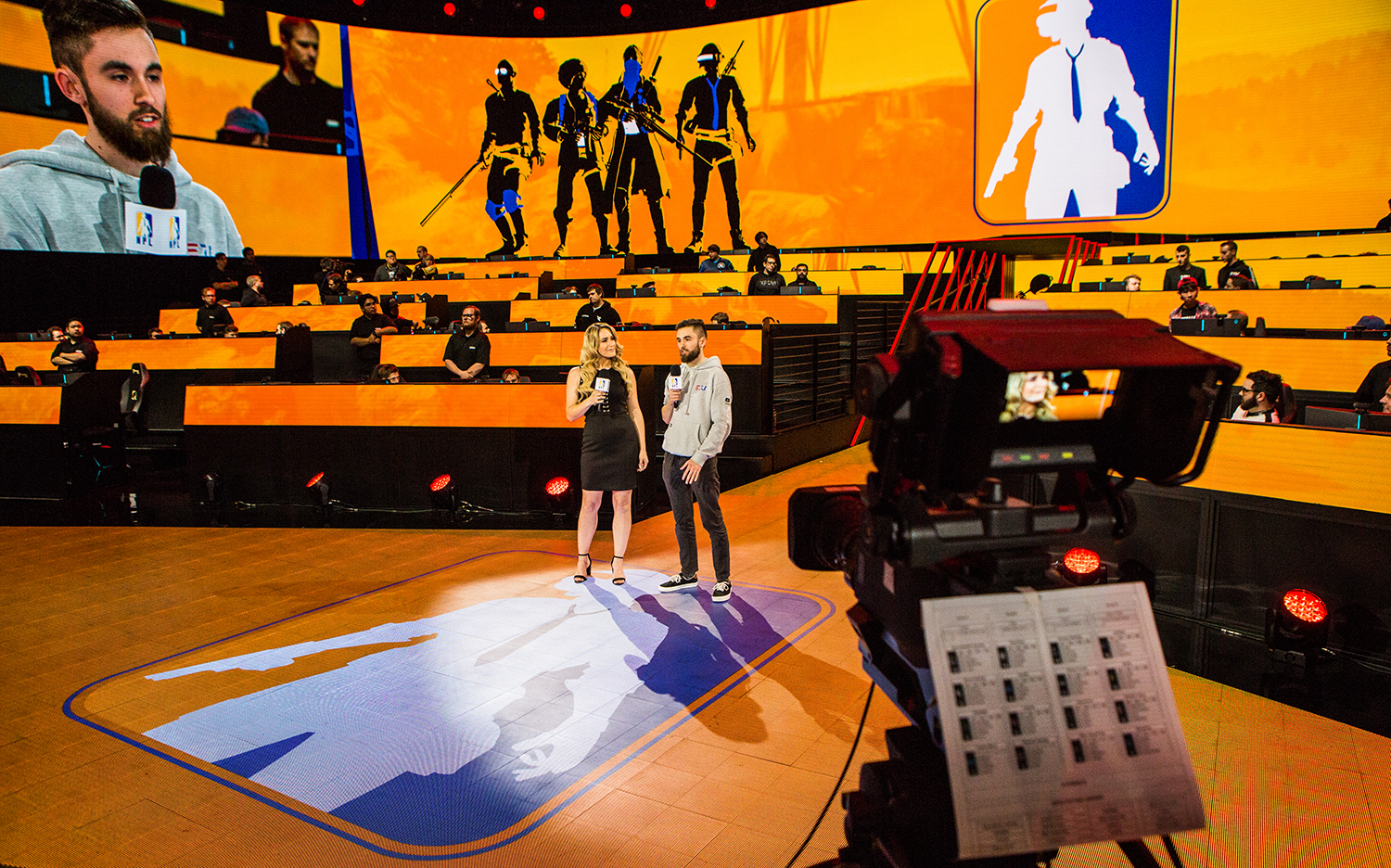
The OGN Super Arena stage is filled with LED, with a massive 14,336×1408-in. display, displays on the front of player sleds, and LEDs throughout the floor.
“Between the LED video wall, the LEDs in the sleds, and the LED floor, we just think of it as a blank canvas: whatever you come up with, we can project it and make it into reality,” says Endi Maricevic, broadcast technical manager, Detune, which served as systems integrator for the arena.
The stage is set for 64 players for NPL competitions but can be expanded for up to 100 players for large battle royale events, such as Fortnite. During gameplay, the LED display in front of each sled shows the player’s game handle and pulls data directly from the game’s APIs to display the player’s health, remaining weapons inventory, and other stats.
“We integrate all the APIs from the game to show players’ inventory and health,” says Maricevic. “We are able to grab other data from the gameplay to show if a player’s life is at 50% and their complete inventory: how many bombs, how many grenades, and so on. The graphics are all tied in together for the user experience.”
In terms of cameras, OGN has deployed eight Sony HDC-2400 hard cameras and two wireless RF Sony HD XDCAM cameras (PXW-X500 wireless cams with IMT/Vislink transmitters and receivers) — all with Fujinon lenses. Up to 20 Marshall HDSDI POV cams are on hand to cover the players at their sleds.
OGN has also put a major focus on augmented reality, outfitting one of its two jibs with a Stype AR tracking system and one pedestal camera with a Stype Red Spy AR tracking. In addition, a Telemetric robotic rail-cam system with AR capability is located at the front of the stage. AR is especially prevalent in CRL coverage, which aims to blur the line between elements in the game and on the stage.
“We can actually visualize all the elements in advance. For Clash Royale, we were able to show [the OGN production team] what the AR [elements] would look like before we deployed them,” says Detune CEO Michael Thuney. “If another publisher wanted to come in here with another game, we can easily change the configuration and build something else that is customized for them to show them in advance.
“Basically,” he continues, “any [element] that’s used on the LED [display] can also be used in AR, and it can be brought into editing via the Vizrt [graphics] systems as well. With the timecode, we can go to any point during the game and find out what graphics were used at that point and replicate that.”
In addition, a caster desk and analyst desk are located at the back of the arena behind the audience.
Inside the Control Room and Infrastructure: It’s All About NDI
A mobile unit parked outside OGN Super Arena served as a control room from the venue’s launch in December until a 1080p60 control room opened last month in advance of CRL West opening week.
“This control room was built in 2½ weeks, from load-out of the truck to getting everything wired up, because we had to have it done in time for CRL to start,” says Maricevic. “It was an extremely fast timeline, but we have an amazing team here, and they were able to get it done.”
The control room is built around a Sony MVS-7000X switcher, and the facility also has two Ross Carbonite subswitchers: one for the player POV cameras and another for the observer room (with a Ross Ultrix router).
Other key equipment at OGN Super Arena includes Evertz EQX router, multiviewer, and master-clock systems; EVS XT3 server, IPDirector, and XFile for replays; Riedel Artist-128 intercom with RCP-2016P panels and a Bolero system (with 25 beltpacks and 10 antennas) for comms; and a mix Vizrt and Ross Xpression graphics systems. In addition, the AR operation uses two channels for Viz and one channel of Xpression.
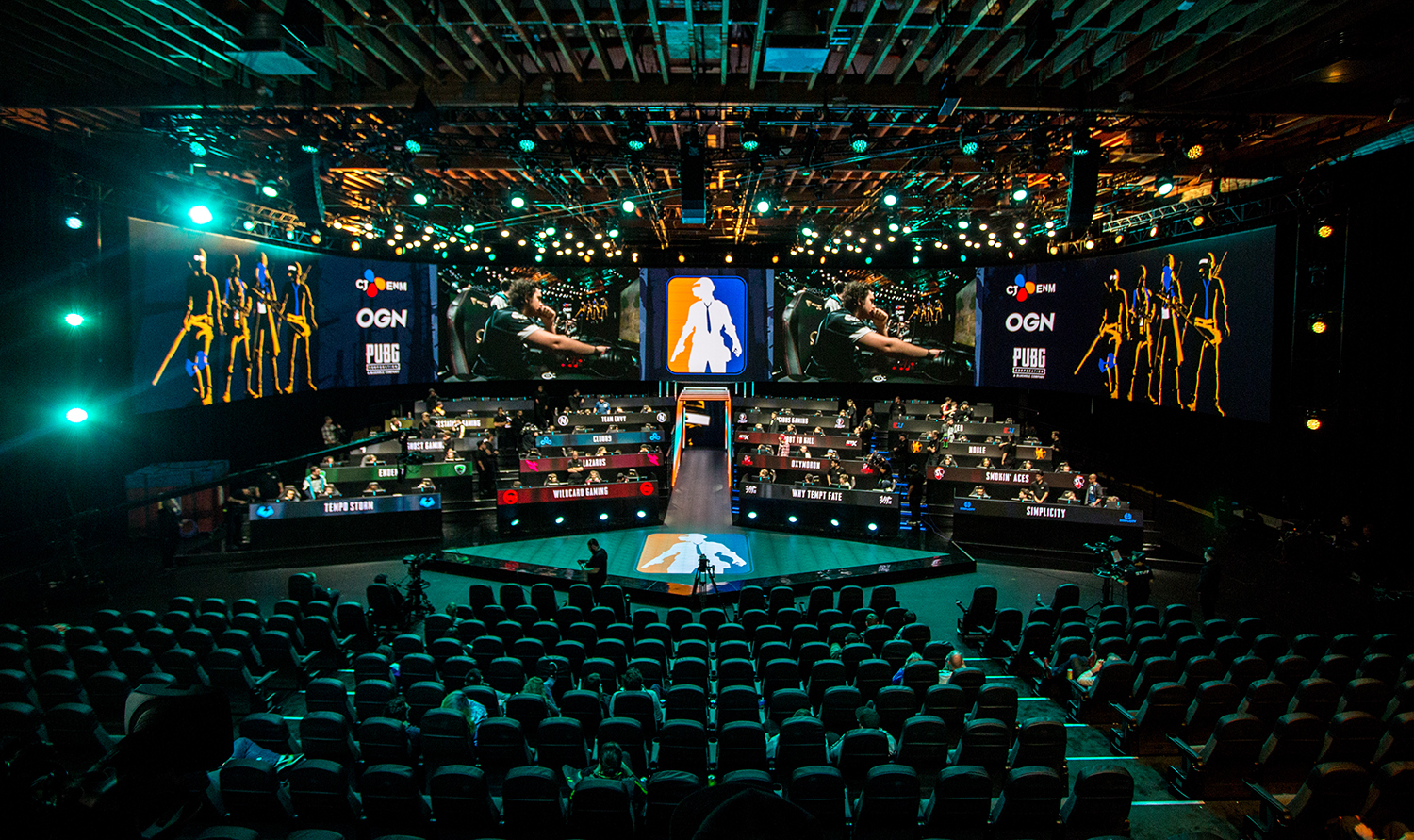
With a 270-degree main LED wall and Astro Spatial Audio (ASA) immersive 3D sound system, OGN Super Arena offers an immersive experience for fans.
Fanview was enlisted to build a live, open API and custom control interface to translate game information into broadcast graphics, in-studio graphics, LED displays, AR graphics, and social-media content.
On the audio side, a Calrec Artemis Light console is inside the audio room, and a Calrec Brio12 mixes the front of house. OGN also features Hydra2 audio networking and Sennheiser wireless handheld and lav mics. The arena’s ASA 3D sound system was completed by Meyers Sound.
The facility is built on NewTek’s NDI IP interface with 128 NDI streams and two NDI-to-SDI I/O converters (totaling 16 HD SDI outputs). Two NDI feeds are taken from each player: the POV camera and the gameplay feed. These feeds can be converted to SDI and integrated into the linear broadcast or distributed as an alternative streaming experience.
“Our NDI [workflow] is unique,” says Thuney. “We can route these feeds however you want, whether it’s 16 SDI feeds into the traditional linear-broadcast system or as a separate streaming experience. We can parse layered videos of a player’s gameplay and [POV cam], and then we can stream out all four members of that team and listen to their comms as a team.
“It gives you a whole bunch of viewer options,” he continues. “We have a palette here that you simply can’t replicate in a truck or in a traditional studio. We can get content from anywhere and then [distribute] it out any way you want. With our streaming capabilities here, we can stream on 20 or 30 outputs rather than just the traditional linear broadcast, which is pretty unheard of.”
In terms of postproduction, seven Adobe Premier edit bays have been built, with 10-Gbps fiber connecting them to an Elements NAS server for storage.
OGN Super Arena is connected to multiple 10-Gbps fiber circuits and relies on AWS Elemental encoders to stream out to its four primary distribution outlets: Twitch, YouTube, Facebook, and one in China.
Inside the Observer Room: The Art of Observing for Battle Royale
The observer room, which is tasked with producing the in-game action, is located one floor below the control room and can house up to 16 observers. With as many as 100 players in action, battle royale is among the most challenging esports formats for observers. One observer at OGN Super Arena compared the operation with a live golf production, which also must tell a linear story despite have dozens of competitors on the course at once.
For NPL events, OGN has a total of 10 crew members in the observer room: six monitoring gameplay, one monitoring the two map PCs that show the entire game map, two more dedicated to replay, and the observer director /TD, who calls and cuts the feed that is sent on to the control room for integration into the broadcast.
The observer team operates as two semi-independent groups. When a fight begins in the game, one group goes to monitor the fight, with observers positioned on each side as well as a wide shot that shows the entire clash (providing the observer director with three options to choose from). Meanwhile, the second group of observers is searching for a fight elsewhere on the map in anticipation of the next round of notable action. The director can show two fights at once; if a third fight takes place, the two replay operators are tasked with capturing the action to play out later in the broadcast.
Looking Ahead: More OGN Events on the Way
Although OGN Super Arena is booked solid with NPL and CRL West, the esports company has plans for much more in the near future. It also plans to host its own OGN Super League (OSL) and OGN Super Match (OSM) invitational competitions in Manhattan Beach and also plans to produce additional events in other venues, using OGN Super Arena as an at-home production facility.
